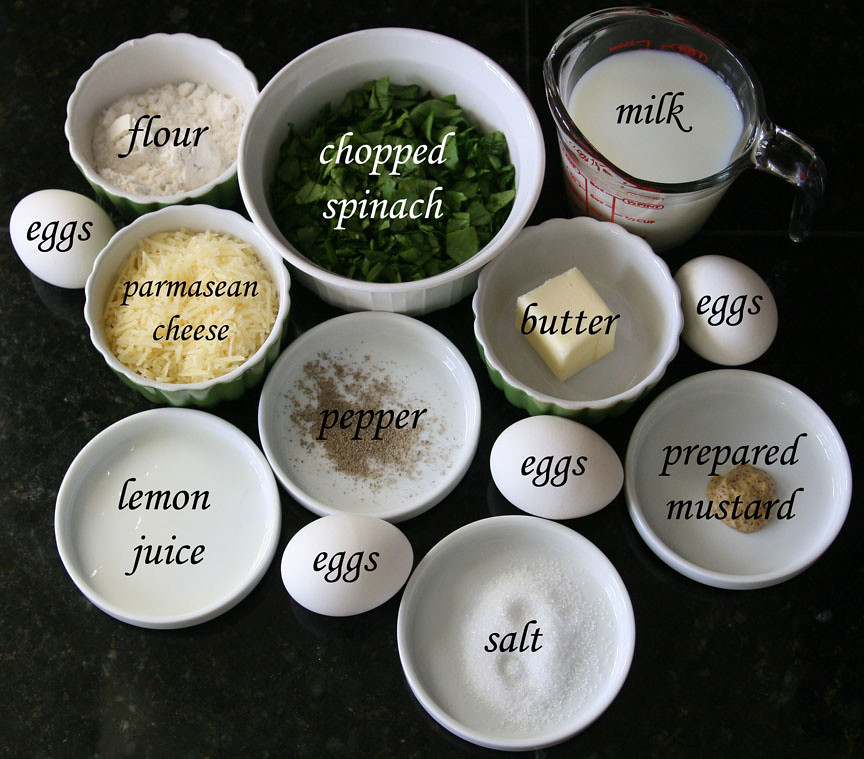The 2010 November Daring Bakers’ challenge was hosted by Simona of briciole. She chose to challenge Daring Bakers to make pasta frolla for a crostata. She used her own experience as a source, as well as information from Pellegrino Artusi’s Science in the Kitchen and the Art of Eating Well.
Equipment required:
- bowls, as needed
- fork
- knife
- bench (or pastry) scraper
- rolling pin
- pastry brush
- 9 or 9.5-inch fluted round tart pan with removable bottom, about 1 inch high. I didn't have a tart pan, but had been wanting one. I was able to pick one up for a mere $5.00 so I was pretty happy.
 |
| 9.5-inch fluted round tart pan with removable bottom |
- (Note: If you don't have a tart pan with a removable bottom, you can make crostata using a 9-inch cake pan or even a 9-inch pie plate.
- a food process is useful, but not required
Ingredients:
- 1/2 cup minus 1 tablespoon superfine sugar or a scant 3/4 cup of powdered sugar
- 1 and 3/4 cup unbleached all-purpose flour
- a pinch of salt
- 1 stick cold unsalted butter, cut into small pieces
- grated zest of half a lemon
- 1 large egg and 1 large egg yolk, lightly beaten in a small bowl
 |
| pasta frolla ingredients |
- Whisk together sugar, flours, and salt in a bowl.
- Rub or cut the butter into the sugar and flour mixture until it has the consistency of coarse crumbs. You can do this in the bowl or on your work surface, using your fingertips or an implement of choice.
- Make a well in the center of the flour and butter mixture and pour the beaten egg and vanilla extract into it.
- Use a fork to incorporate the liquid into mixture and then use your fingertips.
- Knead lightly just until the dough comes together into a ball.
- Shape the dough into a flat disk and wrap in plastic wrap. Place the dough in the refrigerator and chill for at least two hours. You can refrigerate the dough overnight.
 |
| dough well |
 | |
| dough disk |
- Heat the oven to 375º F.
- Take the pasta frolla out of the fridge, unwrap it and cut away ¼ of the dough. Reserve this dough to make the lattice top of the crostata. Refrigerate this dough while you work on the tart base.
- To help roll the crostata dough, keep the dough on top of the plastic wrap in which it was wrapped. This can help rolling the dough and can also help when transferring the dough to your pan. You can also use parchment paper for this; however you can also roll the dough directly on a work surface if you prefer.
- Lightly dust the top of the dough and your work surface (if you’re rolling directly on a work surface) with flour. Keep flour handy to dust the dough as you go along.
- If the dough is very firm, start by pressing the dough with the rolling pin from the middle to each end, moving the rolling pin by a pin's width each time; turn the dough 180 degrees and repeat; when it softens, start rolling.
- Roll the dough into a circle about 1/8th inch thick.
- If you used the plastic wrap or parchment paper as rolling surface, flip dough over the pan, centering it, and delicately press it all around so the corners are well covered. Peel away the plastic wrap.
- Trim the excess dough hanging over the edges of the pan. Press the remaining dough around the border into the sides of the pan making sure the border is an even thickness all the way around.
- Prick the bottom of the dough with a fork in several places.
- Take out of the fridge the reserved pasta frolla you had cut away earlier. Roll it with your pin and cut into strips or use cookie cutters to make small shapes (this is not traditional, but it looks cute); or roll with your hands into ropes.
- Spread the jam or fruit preserves evenly over the bottom of the crostata.
- Use the prepared strips or rolls of dough to make a lattice over the surface, or decorate with the cut shapes.
- Brush the border and strips of dough with the reserved beaten eggs. You can add a drop or two of water to the beaten eggs if you don’t have enough liquid.
- Put the tart in the oven and bake for 25 minutes.
- After 25 minutes, check the tart and continue baking until the tart is of a nice golden hue. (Note: Every oven is different. In my oven it took 34 minutes to bake the tart until golden.)
- When done, remove the tart from the oven and let cool. If you have used a tart pan with a removable bottom, then release the tart base from the fluted tart ring. Make sure the tart is completely cool before slicing and serving.
 |
| my crostata |
I will definitely make this again, but will opt for the food processor version of the pasta frolla.
I look forward to the next Daring Bakers' Challenge.



























